Instruction
Why your desk job is ruining your golf swing
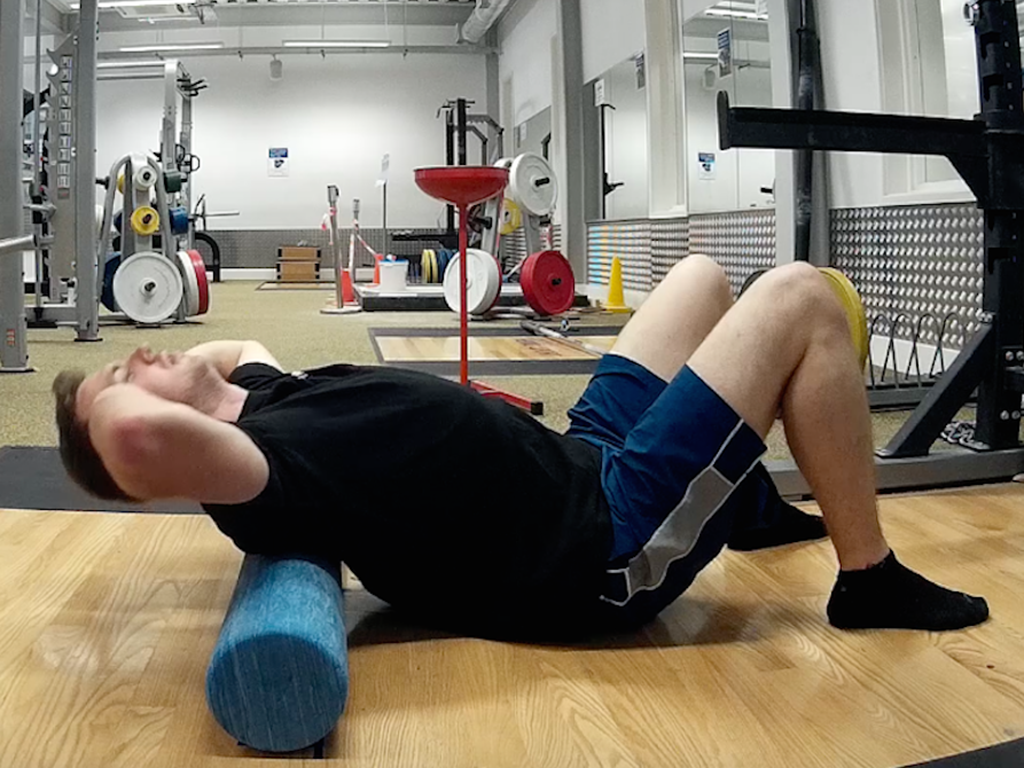
I imagine that most of you reading this are doing so while sitting at a desk, hunched over a computer. If you’re not, there’s a good chance that you spend considerable amount of time in that position. Our increasingly sedentary lifestyle, mixed with our heavy use of computers and wireless devices, has made this position more common than it should be.

Maybe you’re aware that your seated posture can and should be improved, but what you may not know is that it has numerous effects that will carry into your golf posture and your golf swing.
They include:
- Forward hip tilt: Also know as anterior pelvic tilt, it’s associated with tight hip flexors, which are a group of muscles on the front of your hips that pull the knee upward. Tight hip flexors can prevent the glutes (butt muscles) from firing and cause them to become weak. Strong glutes are essential to hip stability in the golf swing, as stable hips provide a platform to turn against in the golf swing and eliminate things such as slide and sway. The glutes are a major factor in developing power in the golf swing, too. If you want to hit it a long way you need strong glutes! Inactive or weak glutes also force the hamstring muscles to become overworked and excessively tight. If you have tight hamstrings, the root cause may be tight hip flexors and/or anterior pelvic tilt.
- Hunched upper back and forward shoulder posture: Sitting hunched over a computer screen forces chest muscles to tighten, which can cause excessive curvature of the upper back (thoracic spine) and postural muscles in the upper back to weaken and loosen. The thoracic spine (T-Spine) also becomes stuck in flexion, and the ability to extend and rotate the T-spine becomes lessened. Limited T-spine mobility will radically reduce the amount of shoulder turn you are able to make, and ultimately the power you are able to create in your the golf swing.
- Weak anterior core. Core strength is essential for efficient power transfer and maintaining good posture in the swing. The weaker your core is, the more difficult power transfer and good posture becomes.
- Forward cervical spine position: Although the head stays still during the golf swing, the shoulders rotate, so golfers experience large degrees of cervical rotation both the left and right in the golf swing. Similar to a rounded upper back posture, a “forward head position” limits your ability to rotate at the cervical spine. Consequently, this limits shoulder turn or causes you to lose posture in order to complete a full backswing. Further, a forward cervical spin position can also cause the posture muscles in the upper back to shut off. Who knew your neck was so important in the golf swing?
So, what can you do about it?
Movements in the gym are used and repeated to improve postural issues, which occur over time. Since any repetitive movement will affect posture, however, you need to be sure you are selecting the right movements and performing them in a proper manner. If you don’t, you won’t be getting the full benefits of postural correction. And if you use the wrong exercises, they can even feed into your postural deficiencies.
Here a my top 5 strategies to help you correct that posture
1. Get back to neutral alignment of the spine with appropriate mobility exercises.
The Exercise: Get into a half-kneeling position with hand outstretched in front of you touching a wall. Make sure your front foot and back knee are not too close together or too far apart. Grab hold of your back ankle with your free hand, keeping your head and spine in neutral alignment with your core engaged and rock back and forth. You should feel a stretch in the hip flexor of the leg you are holding.
The Exercise: Lie with your back on the floor with your knees bent and feet on the floor and flatten out your lower back so it is in contact with the floor. Keep it there throughout the movement. With your chin tucked and core engaged, raise your arms overhead. Next, slowly pull your elbows down toward your sides, keeping them in contact with the ground. When you can no longer keep contact with the floor or your lower back arches off the floor, push back up again.
2. Develop more thoracic extension.
The Exercise: Lying on the floor with your upper back on the foam roller, perform five crunch-like movements on the roller, trying to curl your back around the roller more and more with each rep. Then move slightly down so the roller is higher up on your spine and repeat. Move the roller up the spine two or three more times until you reach a point just below the base of the neck, and repeat the process at each new position.
3. Improve anterior core strength
Exercises that promote anterior core strength and don’t involve spinal flexion are your best bet. The deadbug is my absolute favorite here. There are so many variations, and it does a nice job of teaching the hip disassociation we need in the golf swing, too.
The Exercise: Lie on your back and raise your arms and legs so your arms and upper leg form right angles to the spine. You will feel the lower back flatten to be in contact with the floor when you do this. Lower the arm and opposite leg, exhaling as you do so. Make sure to stay in neutral spine (i.e. don’t let lower back arch as you lengthen).
4. Program twice as many pulling exercises (think rows and chin-ups) as pushing exercises (bench press, shoulder press and dips).
Most people (particularly men) do the opposite; heading to the gym to do way too many sets of bench presses and bicep curls. This further compound the effects of sitting all day. A 2:1 pull-to-push ratio will redress the back strength issues this often creates and help re-adjust shoulder positioning.
Further, the upper back is also somewhat of a complex structure comprised of a number of different muscle groups, including the rhomboids, serratus anterior and lower traps that often times need to be activated with more specific work. The face pull is my favorite way to hit these often neglected muscles. See the video below.
5. Get strong glutes!
The single-leg glute bridge is a nice way to feel glute activation and build some glute max strength when you start adding external load. Make sure you feel the glute doing the majority of the work, however, and not the hamstring.
The Exercise: Start by lying on your back with your knees bent and your feet flat on the floor with your knees and feet together. Extend one leg from the knee and lift the pelvis off the floor, fully extending the hips until your body forms a straight line. Try to feel the contraction in the glute as much as possible, rather than the hamstring. Shoot for a percentage of 80 percent glute and 20 percent hamstring as a goal. Just touching your hamstrings or your glutes can serve as great reminder as to where you need to feel the movement and where you shouldn’t be feeling it.
Lateral band walks primarily work the glute medius, the muscle primarily responsible for resisting hip rotation, and a therefore great for developing stability.
The Exercise: Keeping the shoulder blades retracted (think about pulling them down and back), chin tucked and core engaged, step to one side. Make sure to not over-step, as this will result in loss of balance on the toe of the landing foot, turning it too far out and reducing glute engagement.
Instruction
The Wedge Guy: Beating the yips into submission

There may be no more painful affliction in golf than the “yips” – those uncontrollable and maddening little nervous twitches that prevent you from making a decent stroke on short putts. If you’ve never had them, consider yourself very fortunate (or possibly just very young). But I can assure you that when your most treacherous and feared golf shot is not the 195 yard approach over water with a quartering headwind…not the extra tight fairway with water left and sand right…not the soft bunker shot to a downhill pin with water on the other side…No, when your most feared shot is the remaining 2- 4-foot putt after hitting a great approach, recovery or lag putt, it makes the game almost painful.
And I’ve been fighting the yips (again) for a while now. It’s a recurring nightmare that has haunted me most of my adult life. I even had the yips when I was in my 20s, but I’ve beat them into submission off and on most of my adult life. But just recently, that nasty virus came to life once again. My lag putting has been very good, but when I get over one of those “you should make this” length putts, the entire nervous system seems to go haywire. I make great practice strokes, and then the most pitiful short-stroke or jab at the ball you can imagine. Sheesh.
But I’m a traditionalist, and do not look toward the long putter, belly putter, cross-hand, claw or other variation as the solution. My approach is to beat those damn yips into submission some other way. Here’s what I’m doing that is working pretty well, and I offer it to all of you who might have a similar affliction on the greens.
When you are over a short putt, forget the practice strokes…you want your natural eye-hand coordination to be unhindered by mechanics. Address your putt and take a good look at the hole, and back to the putter to ensure good alignment. Lighten your right hand grip on the putter and make sure that only the fingertips are in contact with the grip, to prevent you from getting to tight.
Then, take a long, long look at the hole to fill your entire mind and senses with the target. When you bring your head/eyes back to the ball, try to make a smooth, immediate move right into your backstroke — not even a second pause — and then let your hands and putter track right back together right back to where you were looking — the HOLE! Seeing the putter make contact with the ball, preferably even the forward edge of the ball – the side near the hole.
For me, this is working, but I am asking all of you to chime in with your own “home remedies” for the most aggravating and senseless of all golf maladies. It never hurts to have more to fall back on!
Instruction
Looking for a good golf instructor? Use this checklist

Over the last couple of decades, golf has become much more science-based. We measure swing speed, smash factor, angle of attack, strokes gained, and many other metrics that can really help golfers improve. But I often wonder if the advancement of golf’s “hard” sciences comes at the expense of the “soft” sciences.
Take, for example, golf instruction. Good golf instruction requires understanding swing mechanics and ball flight. But let’s take that as a given for PGA instructors. The other factors that make an instructor effective can be evaluated by social science, rather than launch monitors.
If you are a recreational golfer looking for a golf instructor, here are my top three points to consider.
1. Cultural mindset
What is “cultural mindset? To social scientists, it means whether a culture of genius or a culture of learning exists. In a golf instruction context, that may mean whether the teacher communicates a message that golf ability is something innate (you either have it or you don’t), or whether golf ability is something that can be learned. You want the latter!
It may sound obvious to suggest that you find a golf instructor who thinks you can improve, but my research suggests that it isn’t a given. In a large sample study of golf instructors, I found that when it came to recreational golfers, there was a wide range of belief systems. Some instructors strongly believed recreational golfers could improve through lessons. while others strongly believed they could not. And those beliefs manifested in the instructor’s feedback given to a student and the culture created for players.
2. Coping and self-modeling can beat role-modeling
Swing analysis technology is often preloaded with swings of PGA and LPGA Tour players. The swings of elite players are intended to be used for comparative purposes with golfers taking lessons. What social science tells us is that for novice and non-expert golfers, comparing swings to tour professionals can have the opposite effect of that intended. If you fit into the novice or non-expert category of golfer, you will learn more and be more motivated to change if you see yourself making a ‘better’ swing (self-modeling) or seeing your swing compared to a similar other (a coping model). Stay away from instructors who want to compare your swing with that of a tour player.
3. Learning theory basics
It is not a sexy selling point, but learning is a process, and that process is incremental – particularly for recreational adult players. Social science helps us understand this element of golf instruction. A good instructor will take learning slowly. He or she will give you just about enough information that challenges you, but is still manageable. The artful instructor will take time to decide what that one or two learning points are before jumping in to make full-scale swing changes. If the instructor moves too fast, you will probably leave the lesson with an arm’s length of swing thoughts and not really know which to focus on.
As an instructor, I develop a priority list of changes I want to make in a player’s technique. We then patiently and gradually work through that list. Beware of instructors who give you more than you can chew.
So if you are in the market for golf instruction, I encourage you to look beyond the X’s and O’s to find the right match!
Instruction
What Lottie Woad’s stunning debut win teaches every golfer

Most pros take months, even years, to win their first tournament. Lottie Woad needed exactly four days.
The 21-year-old from Surrey shot 21-under 267 at Dundonald Links to win the ISPS Handa Women’s Scottish Open by three shots — in her very first event as a professional. She’s only the third player in LPGA history to accomplish this feat, joining Rose Zhang (2023) and Beverly Hanson (1951).
But here’s what caught my attention as a coach: Woad didn’t win through miraculous putting or bombing 300-yard drives. She won through relentless precision and unshakeable composure. After watching her performance unfold, I’m convinced every golfer — from weekend warriors to scratch players — can steal pages from her playbook.
Precision Beats Power (And It’s Not Even Close)
Forget the driving contests. Woad proved that finding greens matters more than finding distance.
What Woad did:
• Hit it straight, hit it solid, give yourself chances
• Aimed for the fat parts of greens instead of chasing pins
• Let her putting do the talking after hitting safe targets
• As she said, “Everyone was chasing me today, and managed to maintain the lead and played really nicely down the stretch and hit a lot of good shots”
Why most golfers mess this up:
• They see a pin tucked behind a bunker and grab one more club to “go right at it”
• Distance becomes more important than accuracy
• They try to be heroic instead of smart
ACTION ITEM: For your next 10 rounds, aim for the center of every green regardless of pin position. Track your greens in regulation and watch your scores drop before your swing changes.
The Putter That Stayed Cool Under Fire
Woad started the final round two shots clear and immediately applied pressure with birdies at the 2nd and 3rd holes. When South Korea’s Hyo Joo Kim mounted a charge and reached 20-under with a birdie at the 14th, Woad didn’t panic.
How she responded to pressure:
• Fired back with consecutive birdies at the 13th and 14th
• Watched Kim stumble with back-to-back bogeys
• Capped it with her fifth birdie of the day at the par-5 18th
• Stayed patient when others pressed, pressed when others cracked
What amateurs do wrong:
• Get conservative when they should be aggressive
• Try to force magic when steady play would win
• Panic when someone else makes a move
ACTION ITEM: Practice your 3-6 foot putts for 15 minutes after every range session. Woad’s putting wasn’t spectacular—it was reliable. Make the putts you should make.
Course Management 101: Play Your Game, Not the Course’s Game
Woad admitted she couldn’t see many scoreboards during the final round, but it didn’t matter. She stuck to her game plan regardless of what others were doing.
Her mental approach:
• Focused on her process, not the competition
• Drew on past pressure situations (Augusta National Women’s Amateur win)
• As she said, “That was the biggest tournament I played in at the time and was kind of my big win. So definitely felt the pressure of it more there, and I felt like all those experiences helped me with this”
Her physical execution:
• 270-yard drives (nothing flashy)
• Methodical iron play
• Steady putting
• Everything effective, nothing spectacular
ACTION ITEM: Create a yardage book for your home course. Know your distances to every pin, every hazard, every landing area. Stick to your plan no matter what your playing partners are doing.
Mental Toughness Isn’t Born, It’s Built
The most impressive part of Woad’s win? She genuinely didn’t expect it: “I definitely wasn’t expecting to win my first event as a pro, but I knew I was playing well, and I was hoping to contend.”
Her winning mindset:
• Didn’t put winning pressure on herself
• Focused on playing well and contending
• Made winning a byproduct of a good process
• Built confidence through recent experiences:
- Won the Women’s Irish Open as an amateur
- Missed a playoff by one shot at the Evian Championship
- Each experience prepared her for the next
What this means for you:
• Stop trying to shoot career rounds every time you tee up
• Focus on executing your pre-shot routine
• Commit to every shot
• Stay present in the moment
ACTION ITEM: Before each round, set process goals instead of score goals. Example: “I will take three practice swings before every shot” or “I will pick a specific target for every shot.” Let your score be the result, not the focus.
The Real Lesson
Woad collected $300,000 for her first professional victory, but the real prize was proving that fundamentals still work at golf’s highest level. She didn’t reinvent the game — she simply executed the basics better than everyone else that week.
The fundamentals that won:
• Hit more fairways
• Find more greens
• Make the putts you should make
• Stay patient under pressure
That’s something every golfer can do, regardless of handicap. Lottie Woad just showed us it’s still the winning formula.
FINAL ACTION ITEM: Pick one of the four action items above and commit to it for the next month. Master one fundamental before moving to the next. That’s how champions are built.
PGA Professional Brendon Elliott is an award-winning coach and golf writer. You can check out his writing work and learn more about him by visiting BEAGOLFER.golf and OneMoreRollGolf.com. Also, check out “The Starter” on RG.org each Monday.
Editor’s note: Brendon shares his nearly 30 years of experience in the game with GolfWRX readers through his ongoing tip series. He looks forward to providing valuable insights and advice to help golfers improve their game. Stay tuned for more Tips!


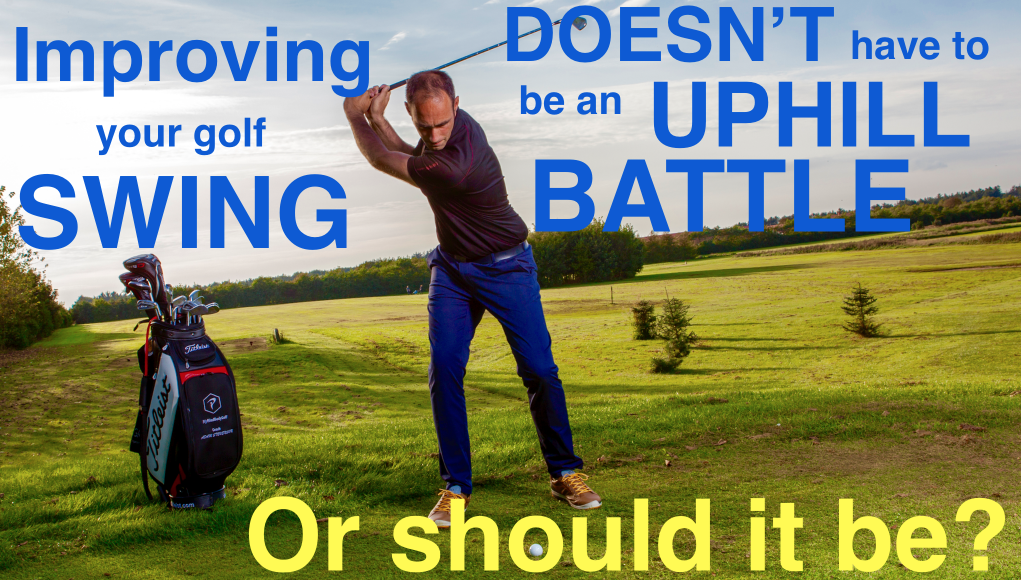
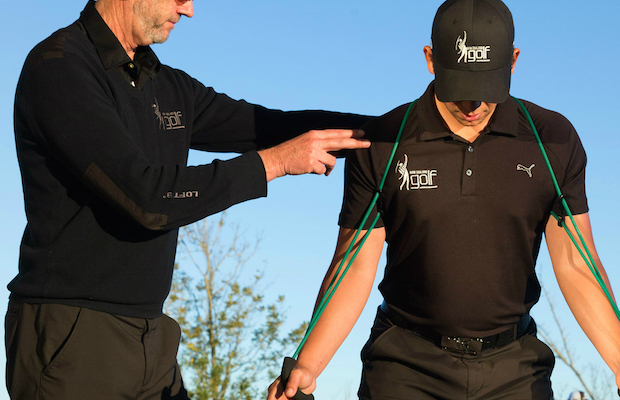
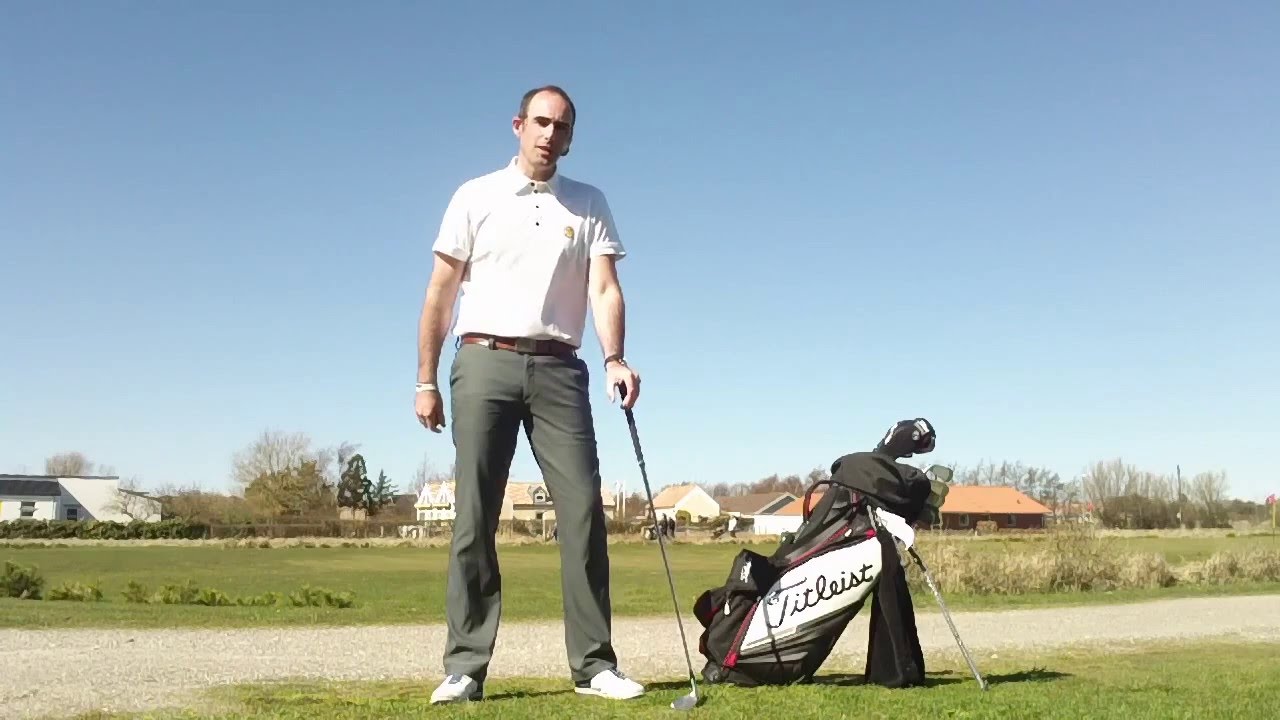
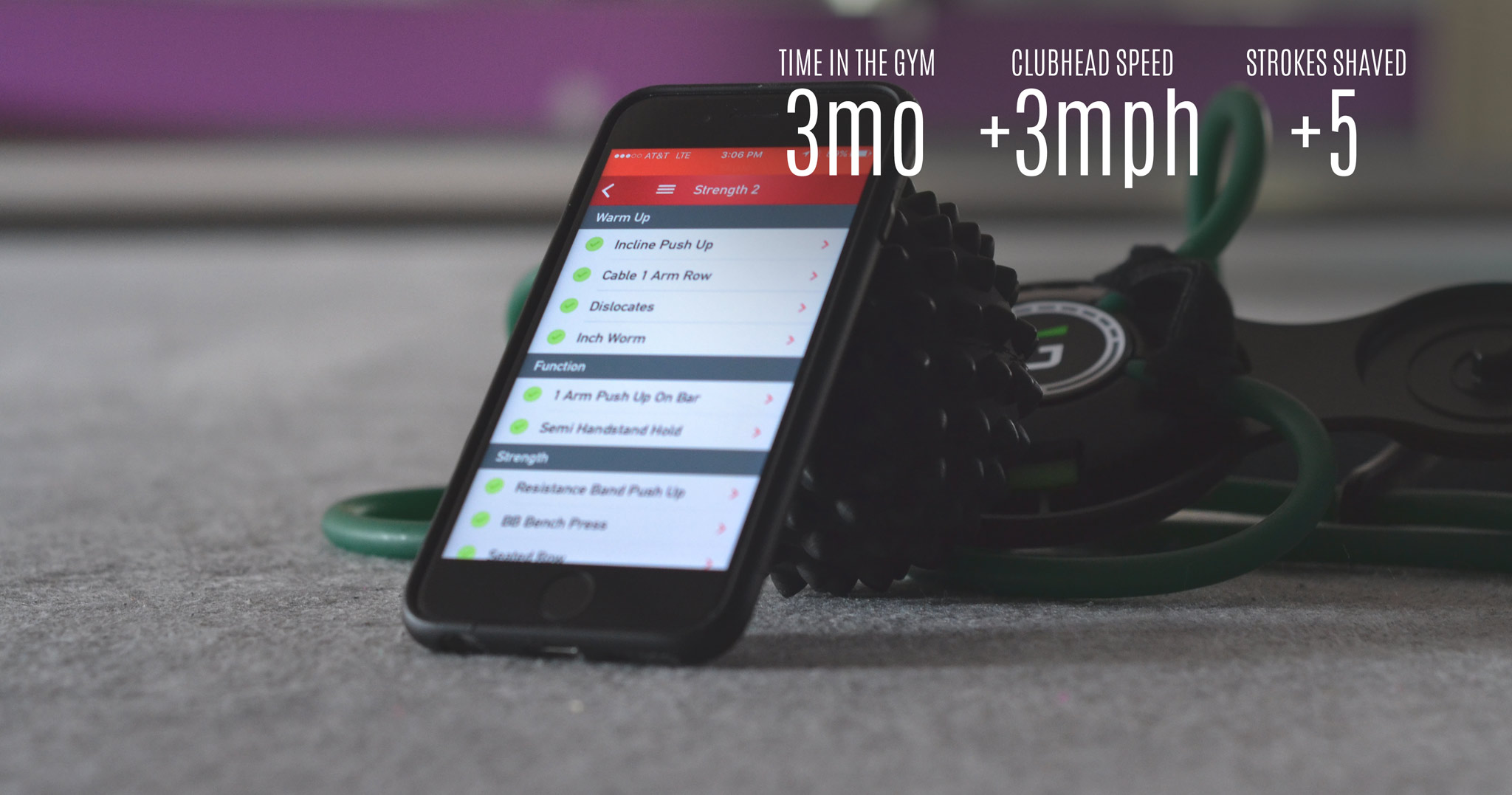
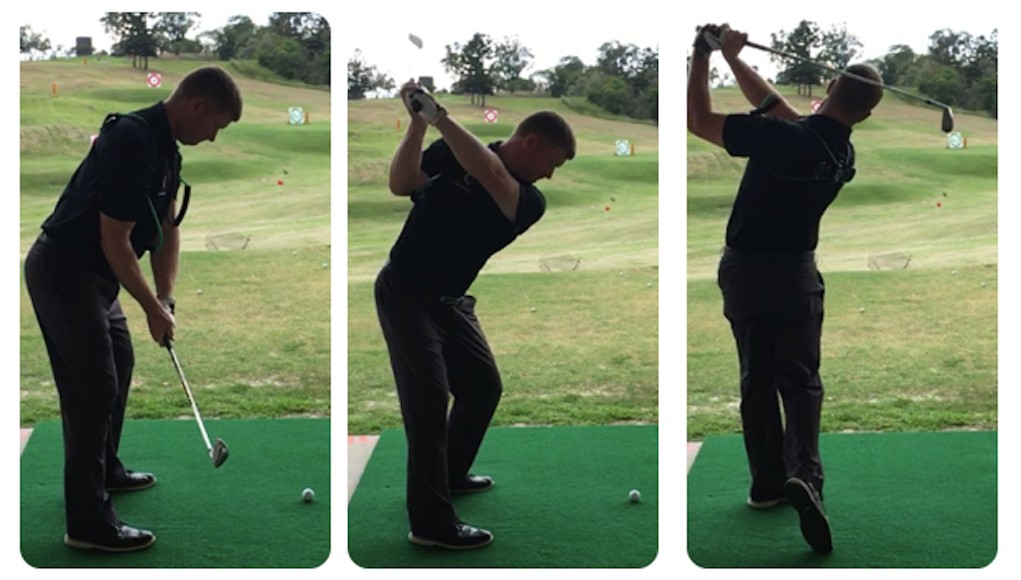
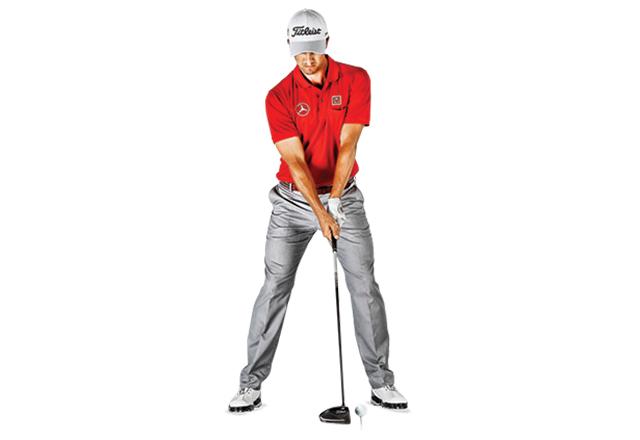








christian
Sep 20, 2015 at 12:15 am
“Most people (particularly men) do the opposite; heading to the gym to do way too many sets of bench presses and bicep curls”
It’s just that biceps curls IS a pulling exercise, and not a pushing one.
Nick Buchan
Sep 25, 2015 at 8:08 am
Christian, technically bicep curls are a pulling exercises yes but it only works the biceps not the lats or muscles of the upper back, nor does it give the benefits of scapular retraction and improving shoulder posture that are important with pulling exercises so for this reason I don’t count it as a pulling exercise when balancing pushing and pulling ratios. Additionally the standing position, with weight out in front, most bicep curl from and insertion of the bicep means they tend to negatively affect shoulder position in a similar way to pressing exercises. If you want to do curls, may i suggest doing incline bench curls as these negate many of the problems with standing curls.
Thanks for reading,
Nick
Large chris
Sep 18, 2015 at 7:47 am
Great article, but seriously please don’t start doing foam roller movements etc in the squat rack as per the video above. Just find an empty floor and wall space. Be considerate.
Nick Buchan
Sep 18, 2015 at 5:16 pm
Haha totally agree Chris! In my defence it was a quite day and very early in the morning, you can get away with it when there are only two people in the gym!
Craig
Sep 17, 2015 at 2:33 pm
Nick, great article and interesting for biomechanics/physical therapy lovers. Under the forward hip tilt section wouldn’t tight hip flexor create lengthened and weak hamstrings? Lower crossed syndrome would have tight hip flexors and tight back extensors with weak/lengthened hip extensors and weak core. Just wanted your thoughts, thanks!
Nick Buchan
Sep 18, 2015 at 5:27 pm
Craig, The reciprocal inhibition effect of the hip flexors does effect the strength of all hip extensors yes, so hamstrings, glutes, abductors, etc, but I find most peoples biggest problem in this regard is weak glutes. You are correct that tight hip flexors pull the pelvis into anterior tilt and as such the distance between the origin and insertion of the hamstring (basically the knee and the hip) is greater so from an anatomical point of view the hamstring has been lengthened. However this lengthening means the hamstring is effectively slightly stretched already so when you try and lengthen it further, by hip flexion, the hamstring will feel tight, despite technically being lengthened! Most people who complain of tight hamstring it is probably actually anterior tilt and tight hip flexors that are the problem rather than the length of the hamstring. Not sure I’ve explained that all that well but hope it makes sense!? Thanks for the question!
Scott
Sep 17, 2015 at 9:27 am
the videos really help. thanks for the article!
Nick Buchan
Sep 16, 2015 at 11:39 am
Thanks for the comments guys! Appreciate it!
Nick Randall
Sep 15, 2015 at 9:54 pm
Nice article Nick – love your work!
Golfraven
Sep 15, 2015 at 2:54 pm
Great article. I like the home excersised or those that don’t require further equipment. I might get a mat for my office space and do some of those during working office hours. Currently I stand away from my desk regurlarly and do either putting or swing excercisea but guess this is not helping my core muscles. would be great to see some excercises you can actually perform at the desk or office chair.
Tim
Sep 15, 2015 at 8:52 am
great piece – I have just been given many of these exercises by my fitness trainer and physio to counter many of these issues from sitting at a computer all day.
So far they are helping but given I spend 10 hours a day at the computer and only about 30mins doing the exercises not sure if its enough to really help.
Nathan
Sep 15, 2015 at 7:14 am
Yep, certainly need more of this!
Tanner
Sep 15, 2015 at 6:36 am
Like the short vids